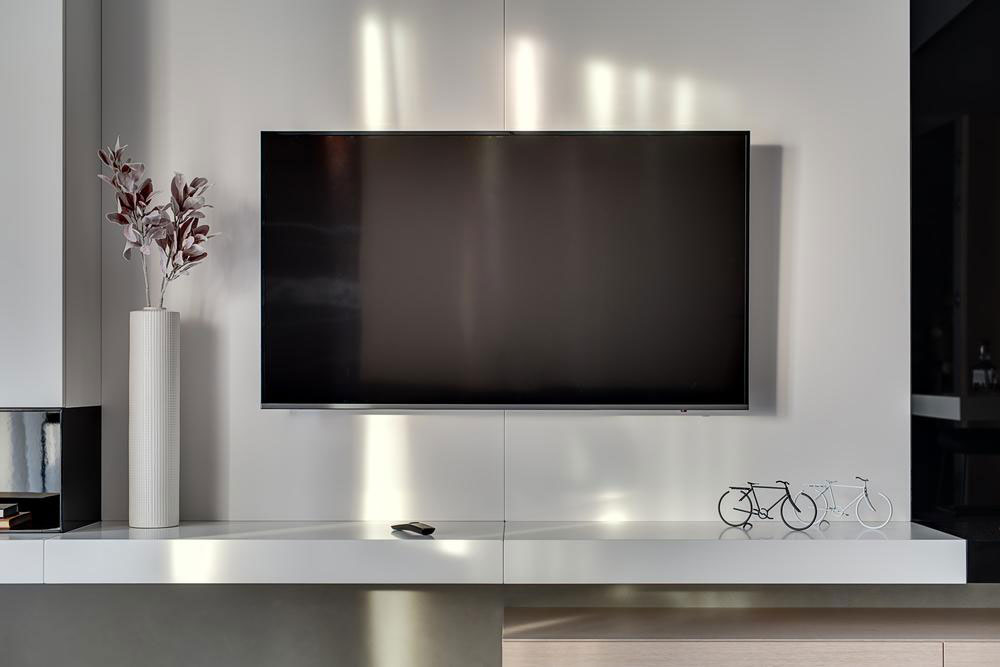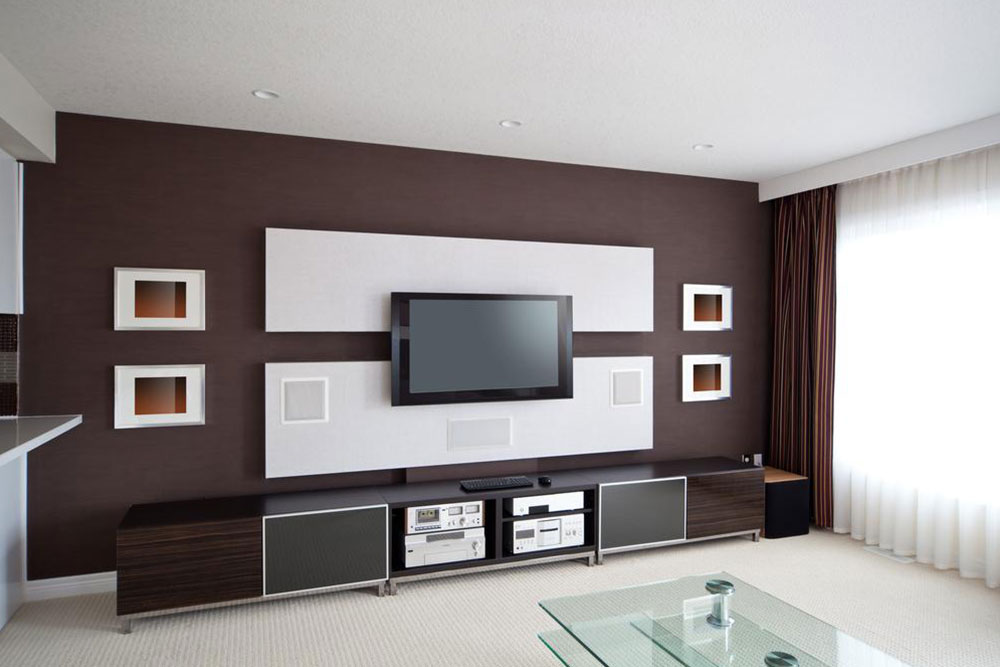QLED vs OLED: Which Display Technology Provides Superior Value for Modern Televisions?
This comprehensive comparison of QLED and OLED display technologies helps consumers understand their key differences, benefits, and limitations. It guides buyers to make well-informed choices based on budget, viewing habits, and desired picture quality. The article emphasizes the importance of selecting a TV that best fits individual needs, highlighting the advanced features of each technology and current market trends to ensure optimal home entertainment experiences.

QLED vs OLED: A Complete Comparison of Leading Display Technologies
In recent years, the landscape of television technology has evolved rapidly, transforming the way we experience visual entertainment at home. Benchtop innovations have shifted TV viewing from a basic activity to an immersive, high-quality experience. Today’s consumers face a variety of display options, with QLED and OLED emerging as the most prominent and advanced technologies available on the market. Understanding the distinct features, advantages, and drawbacks of each can help buyers make informed decisions that align with their viewing preferences, budget, and long-term expectations.
QLED, which stands for Quantum-dot Light Emitting Diode, is a technology that combines traditional LED backlighting with a layer of quantum dots. These nanoscale particles enhance the TV’s brightness and color accuracy, producing vivid and sharp images even in well-lit rooms. Samsung, a leading manufacturer in this segment, has pioneered QLED technology, offering a range of models that leverage High Dynamic Range (HDR) to optimize contrast and color accuracy. These TVs boast impressive luminance levels, making them ideal for watching HDR content such as movies, sports, and gaming. The sleek design of QLED panels often includes minimal bezels, hidden ports, and intuitive remote controls, enhancing both aesthetics and user convenience.
One of the notable benefits of QLED displays is their ability to produce high brightness levels without straining the eyes, thanks to advanced HDR capabilities. This makes QLED TVs suitable even for brightly lit living rooms or spaces where ambient light is unavoidable. Moreover, modern QLED panels are less prone to issues like burn-in — a common problem associated with some display types — thanks to the use of organic-like quantum dots. These materials enhance longevity and reduce the risk of image persistence over time. Additionally, QLED technology is environmentally friendlier compared to older display methods, as it is free from hazardous substances such as cadmium, making it a safer choice for environmentally conscious consumers.
On the other hand, OLED (Organic Light Emitting Diode) technology offers a different set of advantages. OLED panels utilize organic compounds that emit light independently when an electric current is applied, eliminating the need for a backlight. This allows for exceptionally deep blacks, as individual pixels can turn off completely, creating a stunning contrast that enhances the depth and realism of images. OLED screens excel at rendering smooth gradations of color, providing a more lifelike and immersive viewing experience. They also deliver wide viewing angles, ensuring consistent picture quality regardless of the viewer's position in the room.
However, OLED displays are not without limitations. Because each pixel is self-emissive, they can sometimes be susceptible to image retention or burn-in if static images are displayed for prolonged periods. This makes OLEDs less suitable for certain usage scenarios, like displaying static UIs or logos over extended times. Additionally, OLED panels tend to be more expensive due to their complex manufacturing process, which impacts overall affordability. While OLED TVs are highly praised for their picture quality, their higher price points often prompt consumers to weigh their options carefully.
When choosing between QLED and OLED, consumers should consider their specific viewing habits, environment, and budget constraints. For instance, if you prioritize bright, vibrant images and plan to watch a variety of high-dynamic-range content, QLED TVs might be the better choice, especially since they offer excellent performance at a more accessible price point and are generally less prone to burn-in. Conversely, if you seek a premium cinematic experience with optimal contrast and perfect blacks, and are willing to invest more upfront, OLED may provide unparalleled picture quality that enhances every scene.
Pricing is also an important factor. Currently, QLED models often come with lucrative deals and discounts, making them attractive for budget-conscious buyers. OLED models, while costlier, continue to see improvements in price due to increased competition in the market. User reviews frequently highlight certain limitations of OLED technology, such as vulnerability to burn-in, but also praise their superior contrast ratios and color accuracy. As technology advances, manufacturers are developing solutions to mitigate OLED drawbacks, such as pixel-shifting techniques and improved panel quality.
Ultimately, choosing the right display technology hinges on understanding these crucial differences. Both QLED and OLED present compelling benefits, but your decision should align with your specific entertainment needs, viewing environment, and financial plans. Whether you opt for the high brightness and durability of QLED or the deep blacks and immersive contrast of OLED, making an informed choice will maximize your home entertainment value and ensure satisfaction over time.





